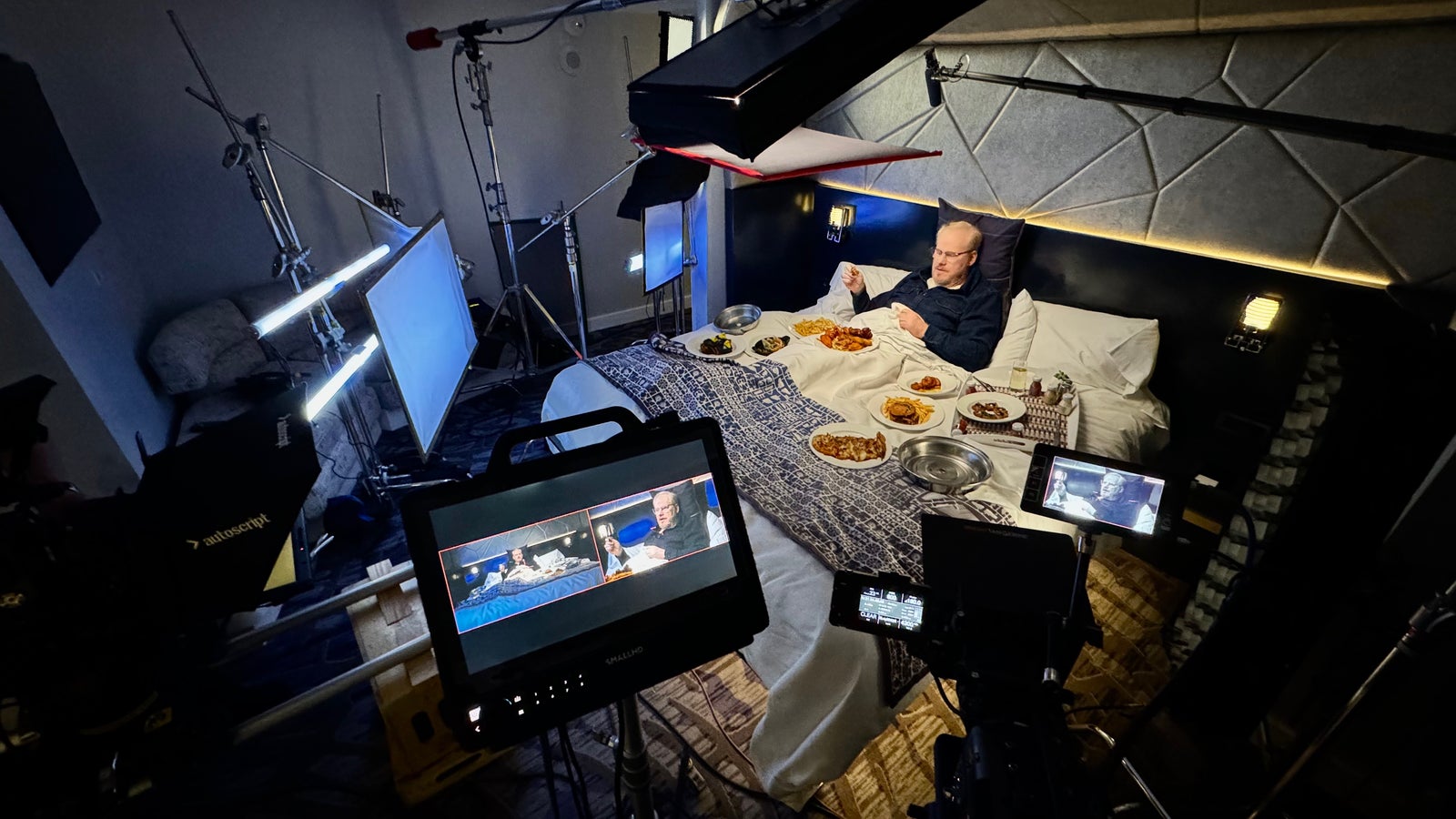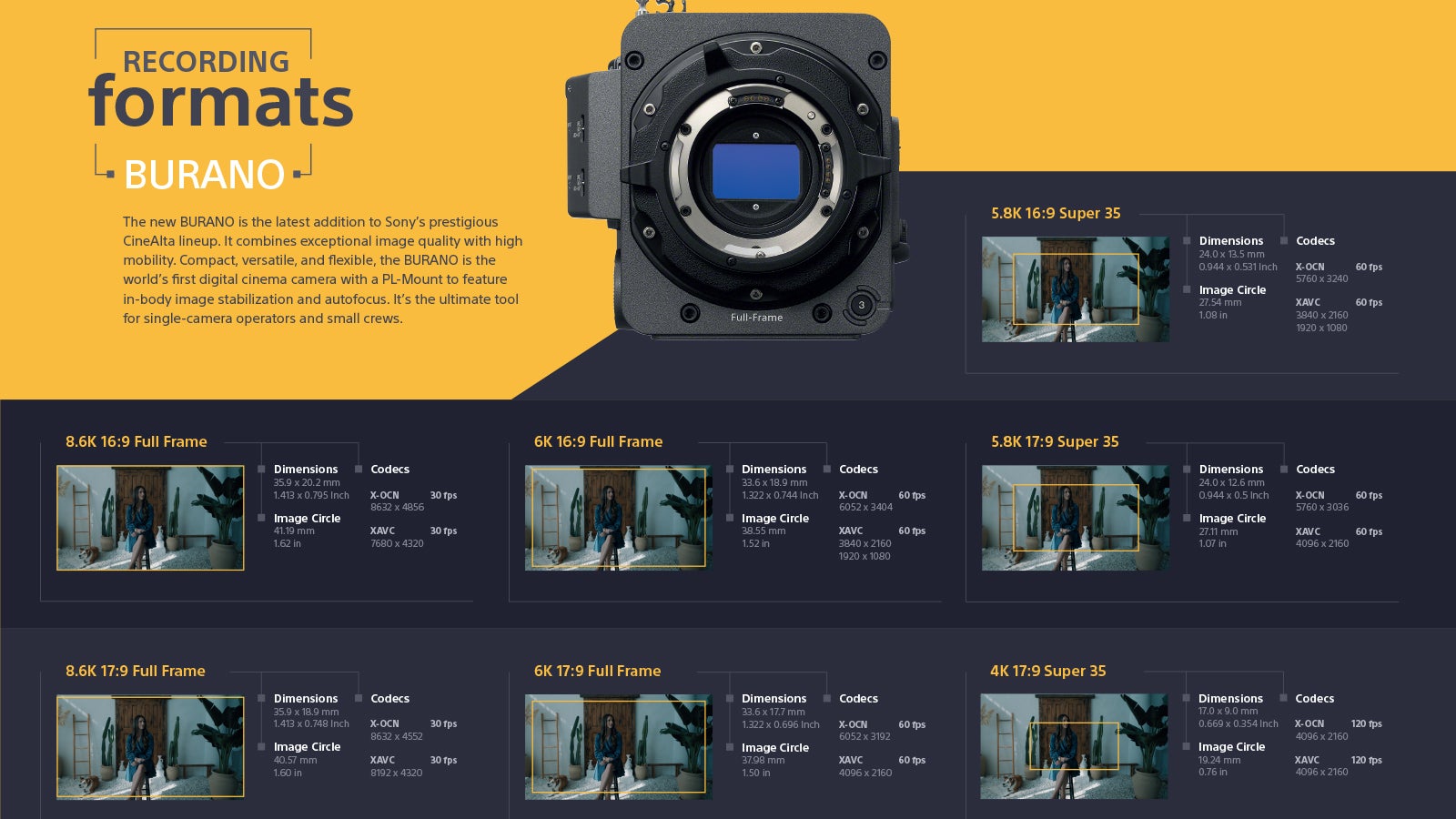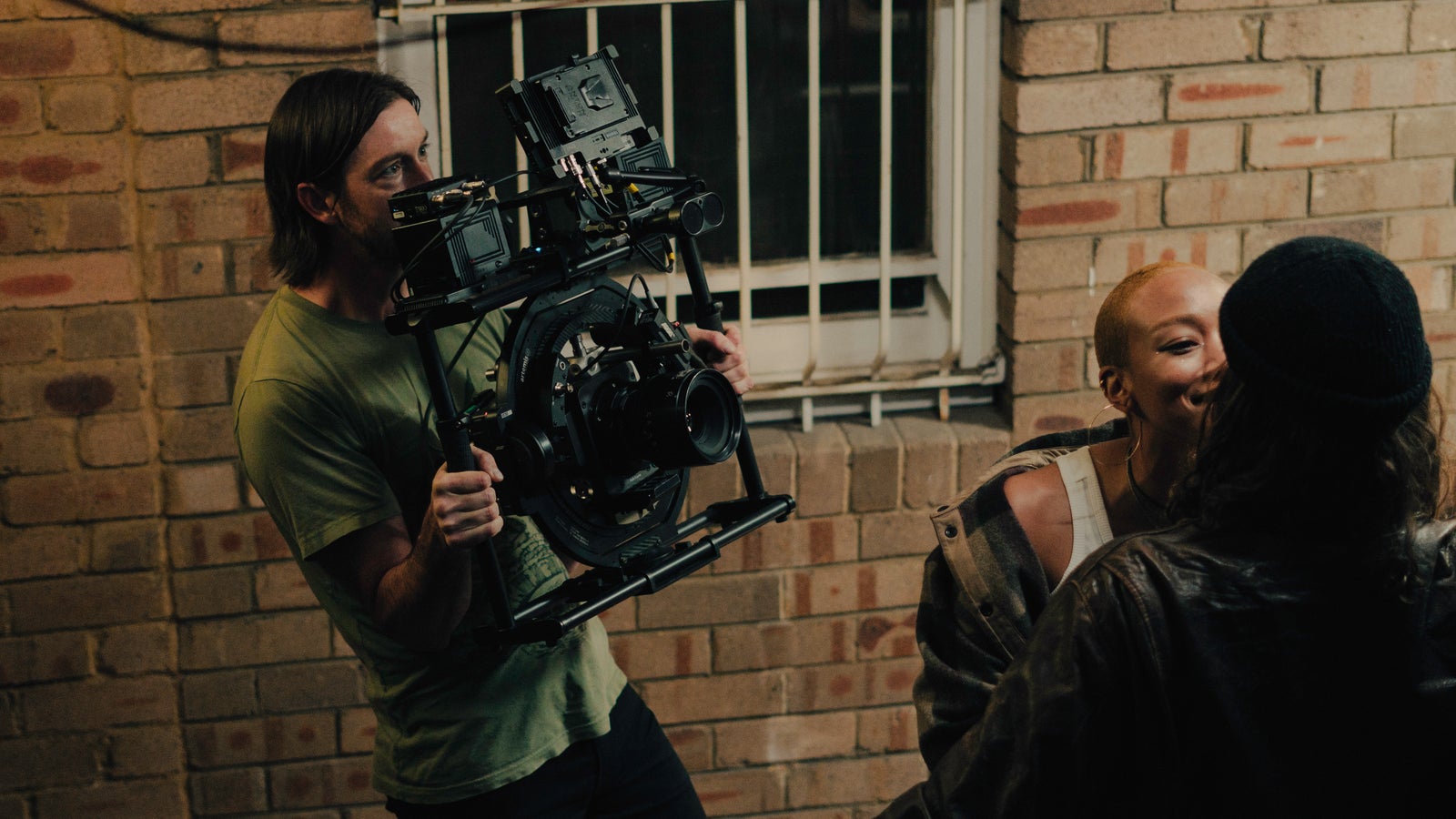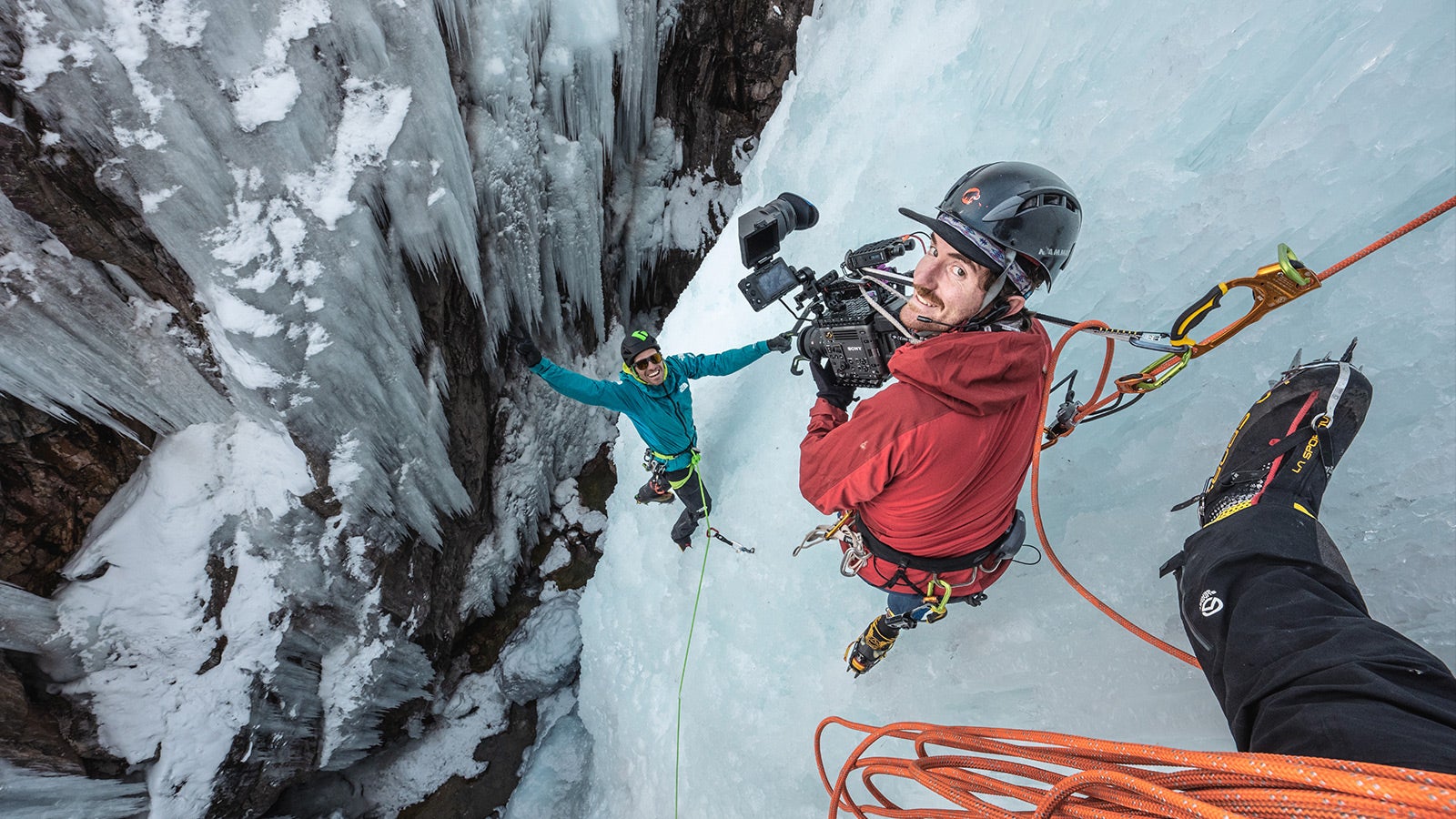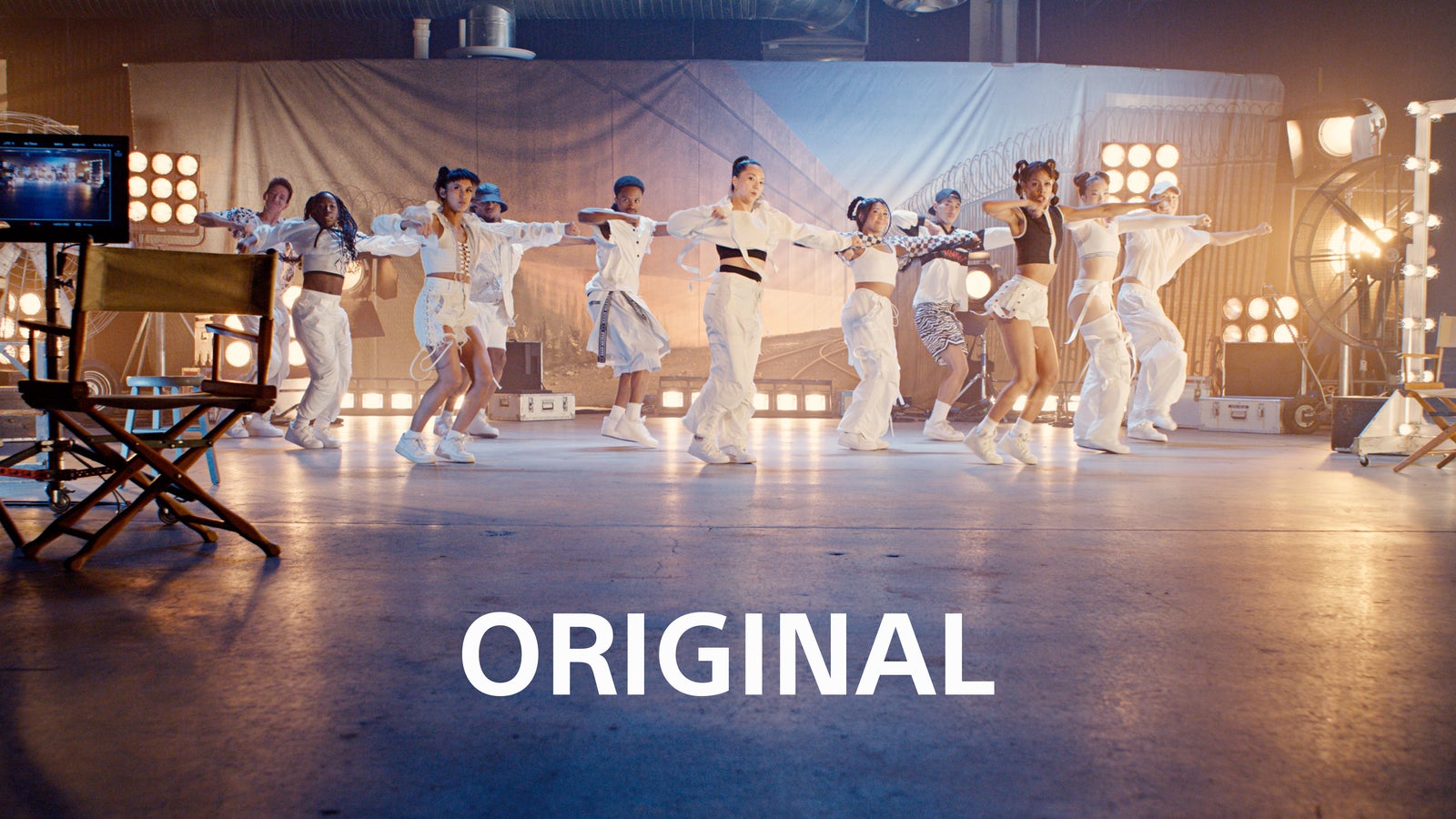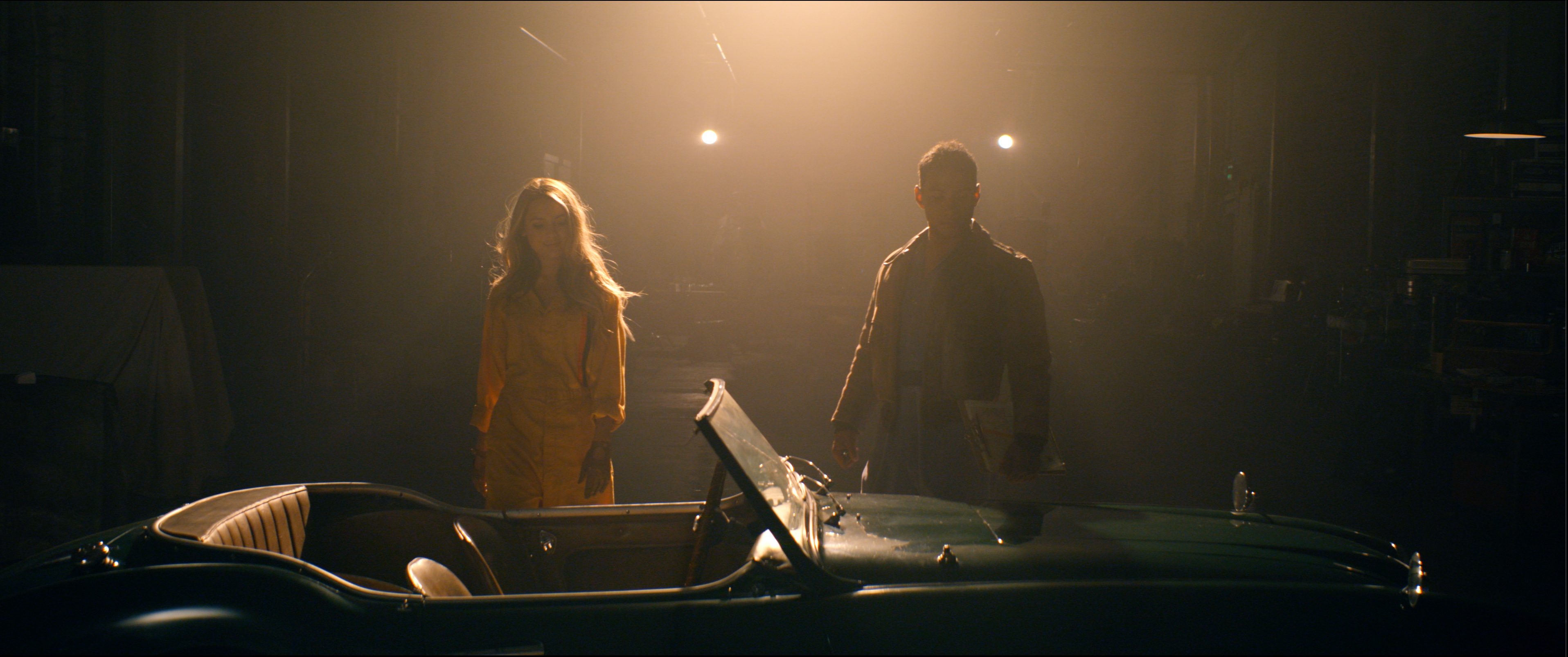
10-22-2024 - Filmmaker Interviews
DP Michael M. Pessah ASC Showcases the Scalability of the Sony BURANO with Stopwatch
By: Yaroslav Altunin
As an award-winning cinematographer, Michael Pessah, ASC is known throughout the industry for bridging the gap between the worlds of documentary film, episodic TV, and narrative cinema. As a lecturer at the American Film Institute, Pessah is respected throughout entertainment and cinematography circles for his technical acumen and ability to integrate different cameras to elevate the stories he tells. At Cine Gear 2024, his seminar on matching cameras within the Sony line had a standing-room-only crowd and his documentary projects have been nominated for Emmy’s in the past four consecutive years.
After learning that Pessah was using the Sony BURANO and G-Master lenses on a Hulu documentary last winter, we approached Pessah to see if he could help teach Sony users about the capabilities of the Sony BURANO.
As the latest addition to the CineAlta line of high-end digital cinema cameras, the Sony BURANO combines mobility with exceptional image quality. While it was designed for single camera operators and small crews, it has been embraced by bigger productions due to its compact form factor, light weight, and its ability to match the image quality of the Sony VENICE.
Watch Michael Pessah ASC's Stopwatch
Pushing the Limits of the Sony BURANO
Each scene of Stopwatch was built to test the limits of the BURANO in a production environment. Pessah didn't just want to shoot color charts to see how the camera behaved, he wanted real-world results with dark shadows, fine gradients, and bright highlights.
"My feeling, in this day and age, is your typical camera test of a color chip chart and a few string lights in the background is really not that helpful," Pessah said. "All of the camera's abilities (today) have far exceeded what that test might demonstrate.
"The tests that are really helpful are the ones that push the camera in a real-world situation."
With this in mind, Stopwatch was born. While not a typical narrative short film, the project focused on creating scenes that created a story while acting as a testing ground for a cinema camera. Each setup, from lighting to camera movements, made sure to focus on what the BURANO could achieve.
"So, I said, what if we tell a little story, and what if we build the story around the strengths of the Burano," Pessah explained. "In my mind, the real superpower of the Burano is its versatility."
"It's really the ultimate Swiss army knife of cameras," Pessah continued. "If you want a camera that can be handheld, verité with the operator getting their own focus, it's great for that. If you want a camera that uses G Master lenses on autofocus and with stabilization, it can do that. If you want a camera where you are using full frame vintage lenses on a remote head, it can do that too."
"And not only could it do that, it can do that at 6K and in slow motion.”
Watch Michael Pessah ASC's Deep Dive on the BURANO
The FX series and the VENICE camera system are designed to visually match in order to give creatives the form factor that meets the needs of their projects. However, there are times when a production may only need one camera for the job.
With the BURANO, Pessah wanted to explore how many roles this camera could fit into. Could it be used handheld? Could it then be seamlessly transitioned to a Steadicam? And what sorts of lens configurations could he use on one project?
“Right now, I don’t believe there’s another camera that has the versatility of the BURANO," Pessah said. "And what I wanted to do was to show off all the different builds and steps that you can take this camera through."
"So, I devised a story that could be told in scenes, and each scene would level the BURANO up, if you will, from a very verité style documentary build, all the way through Steadicam and anamorphic."
When crafting Stopwatch, Pessah wanted to include both actors and inanimate objects, not only to test skin tone but also to test how the BURANO's sensor reacted to different surfaces. The story centered around a driver and an engineer working on a classic, dark green Austin Healey from the 1960s.
"That shade of dark green is a challenging color for some cameras to represent accurately," Pessah explained. "So, I thought that would also be an interesting challenge."
However, Pessah also added an additional layer to the project to challenge the BURANO. With color grading, talented creatives can pull gorgeous imagery from most modern cameras, and this is something Pessah wanted to avoid.
"I was trying to be very mindful in the color grade," Pessah explained. "When you're doing a project that should function as a short film, but also as a camera test, you want to be cautious about not doing digital manipulation to the image because people are going to be evaluating the camera to some extent based on it."
"I was very careful not to do any denoising or use any sort of grain tools afterward," Pessah said. "I wanted to keep the image as close as possible to what the camera was generating without any outside help."

Sony BURANO: Exploring Its Versatility and Functionality
Pessah shot with the BURANO using several different lenses in both full frame and a Super35 crop. The lens package included a Fujinon Cabrio 19-90mm zoom, Atlas Orion 2x anamorphics, Zeiss Supreme Radiance Primes wide open, and Sony G-Master primes.
"The strength of the BURANO is the versatility," Pessah explained. "It's what I might call lens agnostic. You can be using Super35 format PL-mount lenses and still get to a 4K resolution and can still stabilize."
After spending time with the BURANO on Stopwatch and other projects, Pessah saw that its sensor and mounts could utilize almost any lens, be it modern or vintage. In addition to the lenses he used on this project, Pessah has seen the BURANO used with Cooke primes and a vintage Helios lens from the Soviet Union with an M42 mount.
"The strength of the E-mount is it can take almost any lens.” Pessah said.
For the cinematographer, it was important to have a camera that can use lenses they already owned or that other operators/owners might have in their kit.
"A lot of people have invested in Cooke S4, for example, and the ability to shoot in Super35 mode and still have an extremely high-quality image that meets a 4K standard is very helpful for (the BURANO)."
On Stopwatch, every scene had a different setup, with a different crop and lens combination. Part of the foundation for this project was getting a feel for how these different builds acted in a real-world shooting scenario.
"There are scenes that show off the full glory of the sensor at full frame using Zeiss Supreme Radiance primes," Pessah shared. "There are also scenes that I used a 2X anamorphic on, and I was able to zoom in on the image; even though it was a 2X anamorphic image on a non-square sensor, there's still more than enough room to zoom in to far exceed a 4K threshold."
This mixing and matching is something Pessah wanted to test further after using the BURANO on another project.
"The first shoot I did with the BURANO was a Parks and Rec style comedy, and the BURANO was handheld with Fujinon Cabrio lenses and Super35 mode," Pessah said. "We used the stabilizer, and it worked incredibly well. I wanted to show off how good that camera looked with an operator getting their own focus."

The idea was to remove layers of interaction from the camera and examine how it performed when only one operator was using it. Thinking further ahead about the BURANO's capabilities, Pessah wanted to explore how the camera would handle without the need to focus. This is where the Sony G Master primes came in.
"The next challenge was putting on the Sony G Master lenses and using the BURANO full frame with autofocus," Pessah explained. "I think the G Masters are fantastic lenses. They are very sharp wide open, with a even field and they're incredibly lightweight."
"Since the Burano has both X-OCN LT and autofocus, you can use G Master lenses very creatively."
To push the camera further still, the team attached the BURANO to a Steadicam rig and Zeiss Supreme Radiance prime lenses to see how the camera performed in low light, with movement, and capturing focus on a fast lens while shooting wide open; all on a full-frame sensor.
"I was at 3200 ISO, and I was filming wide open, and so it was in the single-digit foot candles," Pessah explained. "If you look at that scene where they are around the desk, I think it's one of my favorite scenes."
"To my eye, I cannot tell at all that's 3200 ISO."
The main light for this scene was a PavoTube tucked inside the vintage practical light. But even at 1% dim and bouncing off the desk, it was still too bright for the BURANO at 3200 and wide open with the Zeiss primes.
"We had to tape some netting against the PavoTube at 1% to get the light levels low enough to work with that camera," Pessah said. "It just goes to show how camera technology, in some ways, is outpacing the dimmer settings on lights where 1% isn't even low enough anymore."
Even in these lighting scenarios, the BURANO managed to maintain the image quality that Pessah was expecting.
"How well the (BURANO) handles skin tone in low light is really extraordinary," Pessah shared. "As cinematographers, most of the time, the most important thing we are going to be doing is capturing the nuances of the human face."
"Even in those low light and heavy backlit scenes with a lot of atmosphere and fog in the air, the way the camera held on to skin tones and honored the people in front of the camera without any sort of artifacts or unwelcome color shifts was really, really impressive."
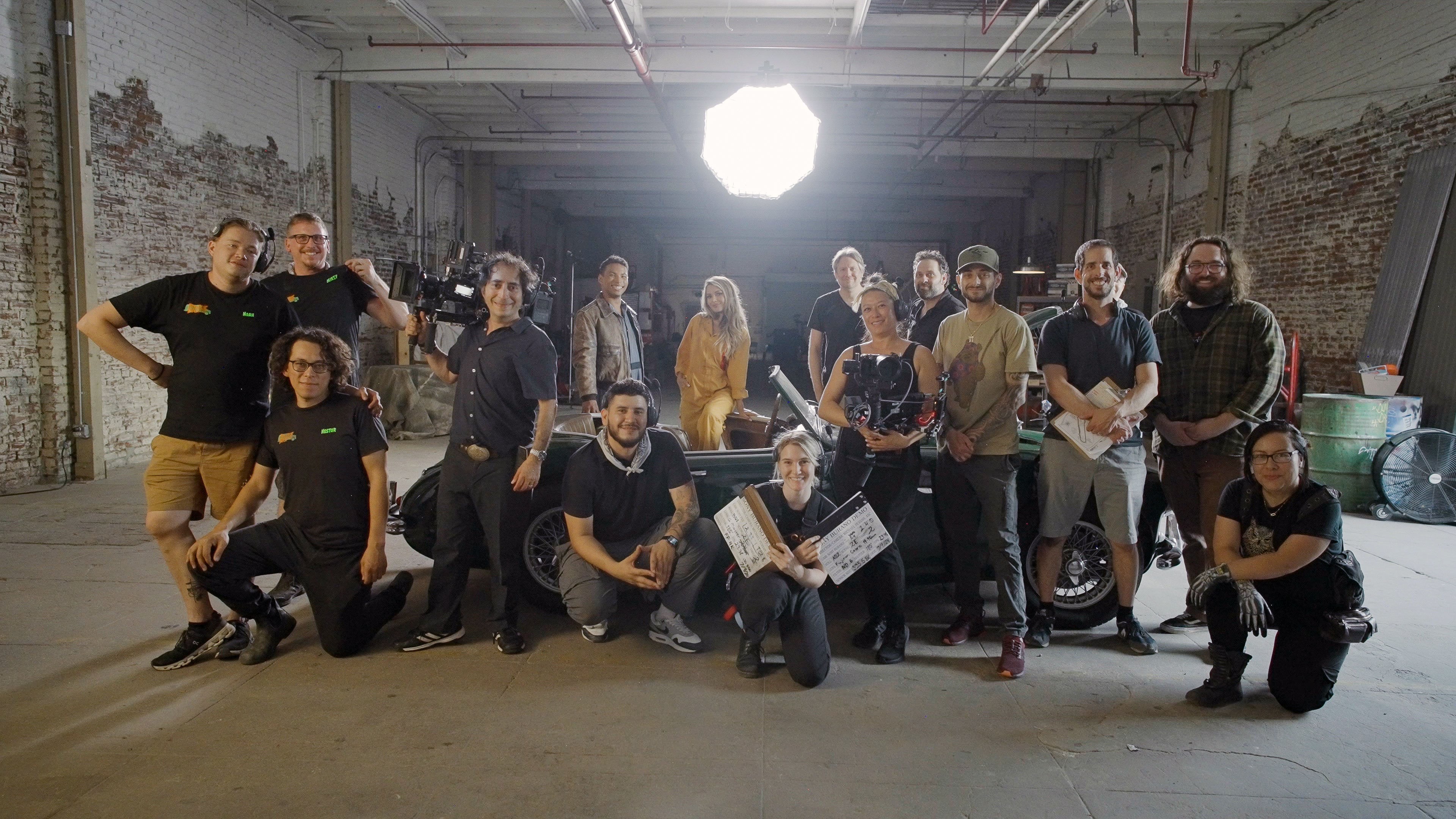
Sony BURANO: Pessah's Insights
Throughout the film, Pessah took the BURANO from handheld, to a dolly, to a tripod, and then to a Steadicam. This was done in a Super35 crop and full-frame, in a wide variety of lighting scenarios, and with all sorts of lenses that modified the camera's capabilities.
All of this was captured in X-OCN LT (Sony’s RAW codec), which is powerful enough to provide the dynamic range that high-end projects need, but is still efficient enough not to overpower a production's storage limitations.
"Every camera informs the way you film," Pessah said. "And the BURANO can scale easily from something that uses the tools of smaller cameras, like autofocus and stabilization, to being a camera that would be right at home on a full studio anamorphic rig."
After testing the BURANO within the confines of Stopwatch, Pessah discovered a tool capable of cinema-worthy imagery with the versatility of single-operator cameras that could allow him to not only plan his shots, but also plan out full days.
To see another filmmaker's perspective on working with the Sony BURANO, check out this article: DP of Wrestlers Reveals how the Sony BURANO Unlocks the Power to Tell Human Stories
